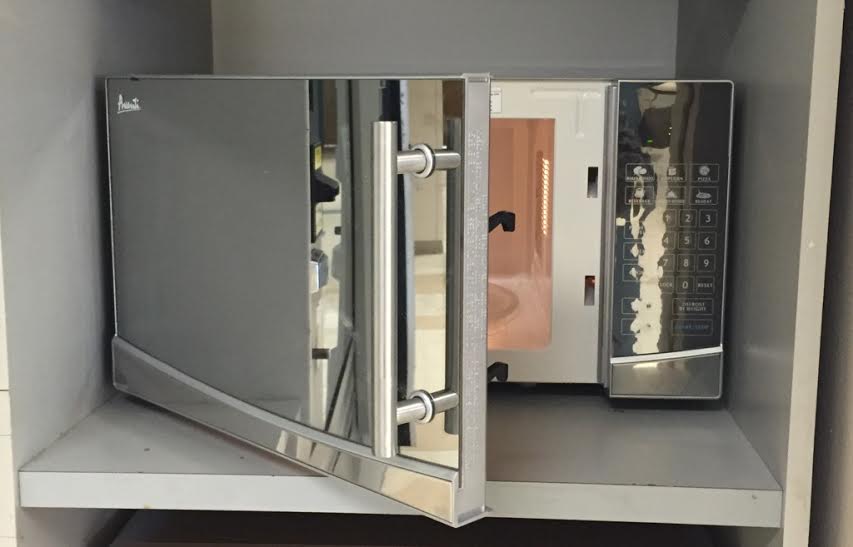By Rose Marie Kitchen | Posted November 19, 2015
One would never guess that something as small as steam from showers or burnt popcorn would set the fire alarms off, causing a whole resident hall to evacuate and have the Township of Union Fire Department respond immediately; but it does and there is a reason why.

An on-going trend of fire alarm activations, mainly in the resident halls, has been repeatedly reported in the Kean University’s Police Department (KUPD) police blotter.
Residents know that if the smell of burnt popcorn is in the air, the fire department will most likely be outside shortly.
“The number of fire alarm activations on campus this semester have been slightly above the past two years, but not to a significant degree,” said Len Dolan, Kean University Director of Fire Safety, “There have been 51 fire alarm activations on campus so far this year, compared to 49 for the same time period last
year, and 48 in 2013.”
The KUPD ran the number of fire alarm activations for the last three months in the resident halls. In 2015, there were reportedly 42 fire alarm activations, 2014, 44 fire alarm activations, and in 2013, 39 fire alarm activations. Those numbers were from the date range of Sept. 1 to Nov. 4.
The Township of Union Fire Department was contacted for confirmation on the above numbers and for further comment on the situation, however they did not respond in time for publication.
All residence halls in the state of New Jersey are required to be protected with a fire sprinkler system, smoke alarms and a way to manually activate the fire alarms. All Kean University resident halls meet those requirements.
“I feel relatively safe that the fire alarms can detect any potential harmful fires,” said Kyle Rios, junior therapeutic recreation pre-occupational therapy major; who lives in Bartlett Hall.
The “Resident Hall Fire Alarm Prevention Guide,” states, “The technology and the code requirements for the location and placement of smoke alarms is based on the code requirements in effect at the time the building was constructed or when the systems were updated.”
The technology that has been implemented has become more sophisticated; which results in the smoke detectors being set off for minor heat and smoke obstructions according to the residence hall fire prevention sheet.
New Upperclassman Residence Hall and New Freshman Residence Hall are among the newest residence buildings; which result in them having the most state of the art smoke detector technology. Meaning that those two residence halls are more likely to experience accidental alarm activations.
The “Resident Hall Fire Alarm Prevention Guide,” warns students about which preventable actions can activate the fire alarm and it informs students what to do to prevent them. The list of preventable actions consists of; shower steam, blow dryers, curling irons, burnt popcorn, food in microwave, hairspray, air fresheners, smoking, incense and candles.
Students are always required to evacuate and follow fire evacuation procedures when the fire alarm goes off. Students are rarely ever told the reason why the fire alarm went off.
“I heard from rumors that the times the fire alarm did go off was due to someone burning popcorn, burning chicken nuggets but the most recent time I was not informed,” said Jailene Burgos, sophomore communication film option major who lives in New Upperclassman Residence Hall,

“I feel safe knowing that the fire alarms are sensitive, however it is a pain when the alarm goes off at midnight when I have an exam or major assignment in the morning,” Burgos continued.
Since the Seton Hall fire in the year 2000, which affected 600 freshman residents; colleges and universities are well aware of the dangers that a fire entails.
Kean University has an active and updated emergency action plan, including building drills that run throughout the semester for the entire campus.
“When a fire alarm is activated, it is our duty to respond quickly to protect life and property, and we will continue to do so,” said Dolan.
For more information on fire safety you can vist:
http://www.kean.edu/offices/fire-safety. Detailed evacuation map and emergency action plans can also be found on this site.


